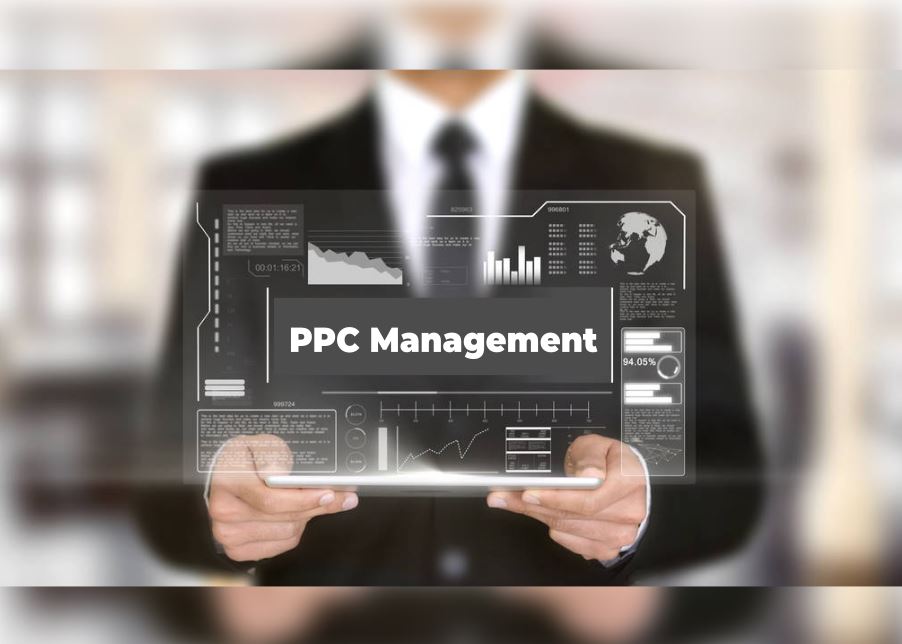Undoubtedly, the vast majority of industries have experienced a negative economic impact from the global Covid pandemic. The world of sports has faced an almost unprecedented interruption. Not since World War II have sports leagues been brought to a sudden halt.
Displaying remarkable resilience, sports across the world embraced innovation and showcased an extraordinary ability to adapt to this crisis-ridden environment. Sports marketing played a pivotal role in fortifying the industry economically, and both professionals and teams in the sports world are now returning to normal life. It was a bumpy road, but we got there.
Deals Still Done
Amidst the Covid crisis, some industries like online retail, finance, health, and tech saw a surge in their profits. These sectors are expected to make even bigger investments in sports sponsorships to help keep the momentum going. Superstar endorsement deals will be on the rise too. The Covid era helped establish influencer marketing as an effective tool for brands. Athletes now have an ideal platform to express themselves, engage with fans, and post some #Ads.
While the rest of the world ground to a halt, the sports world kept turning. European soccer may have seen ticket sales stop dead, but the cameras kept rolling and for the brands on jerseys and advertising billboards across the world it was business as usual. The main sponsor of La Liga club Real Betis seems to be a smart investor.
Their tie-in with the then mid-table team happened just before Covid put the planet on lockdown. Since then, Betis slowly began building themselves up, becoming a consistent La Liga contender and playing in the Champions League, giving them a great deal at the perfect moment. Sometimes, it’s all about timing. Despite the impact Covid had on global trade, the exposure brands got from the top sports teams remained the same for the most part once the games got going again.
The E-Sports Blitz
The health crisis sparked an unprecedented surge in digitalization, and the sports world surfed the wave of bits and bytes well. In order to adapt and thrive, the industry as a whole has expedited its already planned digital transformation.
E-sports has also witnessed remarkable expansion in the wake of Covid. The viewing hours for virtual games played by real-life gamers have tripled, and young audiences worldwide are live-streaming online tournaments in numbers too big to ignore.
Seeing the potential of connecting with affluent young audiences, sports marketing teams swiftly embraced the emerging e-sports arena, and began to take advantage of the growth in interest to generate value for their clients. Engagement is a huge component of e-sport’s success. Viewers are no longer mere spectators; they actively engage and even participate in events. Making them a part of the conversation, rather than a spectator, suits millennials and Gen-Z well.
New Media, Same Sell
People have been reaping the rewards of an intensified sports media content catalog. Given a garnish of innovation, some old-school selling styles have been blended with a wide array of new content formats. Game highlights, ‘behind the scenes’ videos, athlete-produced documentaries, bloopers, and more are all being cut up and shared online, complete with the right branding and endorsements.
Streaming platforms such as Amazon Prime, Netflix, and Eurosport Player have stepped up their game by providing original, interactive, immersive, and content-rich sports offerings that align with the evolving expectations of audiences. Think about what Netflix’s ‘Drive to Survive’ has done for Formula 1 in the USA and around the world. It has done that for the sponsors on the tracks, cars, and drivers too.
In sports marketing, new distribution channels beyond traditional television have emerged. Twitch, a popular streaming platform, is gaining momentum and directly competing with television networks. This diversification of channels, in response to the omnichannel experience desired by audiences, presents an intriguing opportunity for sports marketing professionals and brands seeking to reach new target demographics in new ways.
The sports industry is gradually transitioning back to its pre-crisis norms as live events return and people become more confident about sharing public spaces. Virtual events and e-sports are here to stay though. These new sports that gained cultural traction during the pandemic will continue to be economically profitable for brands marketing their products.
Throughout the Covid crisis, sports marketing showed its strength and stamina and stuck it out. This has helped teams and even whole sports cover the cost of the crises and come out the other side unscathed. Marketing’s ability to adapt and innovate continues to amaze, and its resilience is an asset to the global economy.
Though the methods may change, the message remains the same. Buy. Selling is all about identifying the problem and reacting with the solution: your product. Sports marketing reacted well to the problem with Covid and was part of the solution for the financial world and the sporting one.
Read Next:
6 Strategies for Building A Successful Sports Brand




